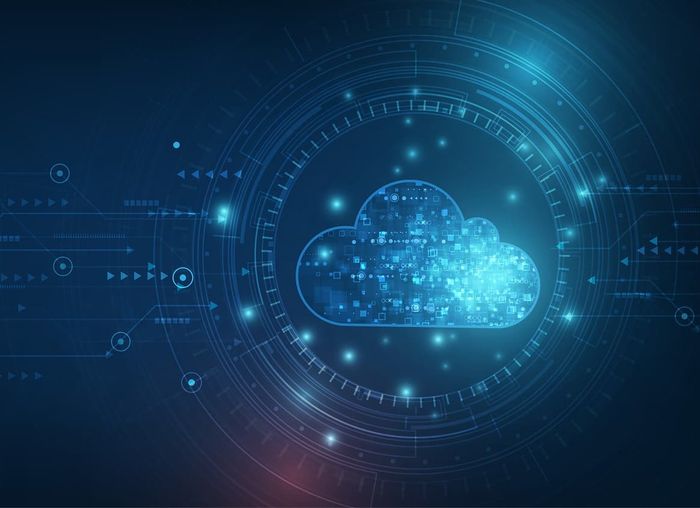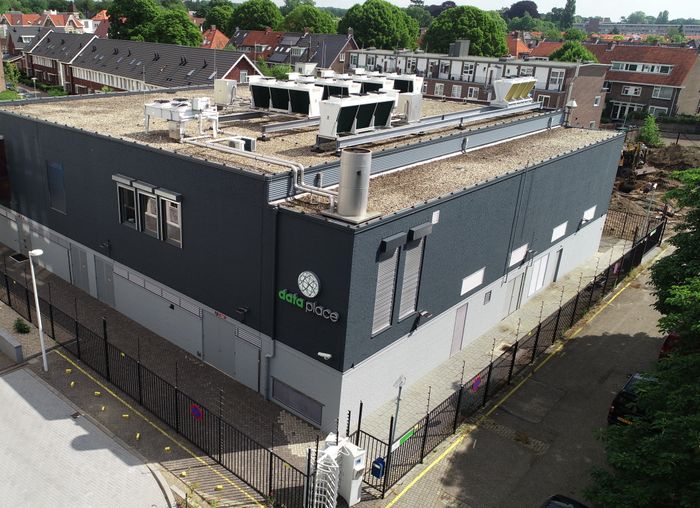The influence of edge computing on data centers
The demand for digital services is increasing. Think of internet of things (IoT) devices that are in digital contact with each other. IoT devices such as the smart energy meter in your home need rapid processing of the data it creates and collects. The connectivity required for this has improved since the introduction of 5G.
All this requires more processing capacity from the data centers. The more digital services are needed, the more data centers need to be installed to process the data. How can you ensure that fewer data centers are needed while the demand for digital services grows? The answer: using the edge computing computer technology.
What is Edge Computing?
The shorter the distance between a data center and an IT device, the better the connectivity. Therefore the data is faster at the data center for processing and the IT device therefore works faster and better.
In edge computing, the data produced by the IoT devices is processed by the device itself, or on another device in the vicinity. The data is processed at the edge of the network and not by a central processing system, hence the name edge computing. The data is only sent to the central processing or storage location after this. This creates a distributed system.
What are the pros and cons of Edge Computing?
Edge computing has many advantages:
-
Data traffic is streamlined. The data processing takes place much faster because it is carried out by the IoT device itself or by a device nearby. In this way, business-critical applications can respond much faster to changes and make adjustments if necessary.
-
The network load is lightened, because the data is no longer processed at the data center, but at the source itself.
-
It has a positive effect on the use of the bandwidth by the data center because less data now needs to be sent.
-
Edge computing reduces the risk of a security hack because the data is not sent to a central location on the network for processing, but this is now done locally. The distance the data travels is shorter and therefore less prone to hacks.
But edge computing also has some drawbacks:
-
The IoT device itself needs additional storage capacity to process the data. This entails more investment costs.
-
Interoperability also plays a big role in connectivity. It may be that the IoT devices themselves are not compatible with cloud services that the data center uses.
-
Loss of valuable business data can happen because the IoT device only processes part of the data and "throws away" the other.
-
The path between IoT device and data center is shorter and safer, but there are still many IOT devices "on the edge". Here, these devices are more prone to hacks, where identity theft or other criminal activity can take place.
However, these drawbacks do not outweigh the real-time processing that edge computing realizes to quickly execute time-bound business-critical business processes.
What is the difference between Cloud Computing and Edge Computing?
Edge computing sounds good, but what is the difference with another term from the computer industry, cloud computing? With cloud computing you buy computing capacity (as a service) from a cloud provider. This is often cheaper, safer and more scalable than having your own servers. However, the data centers of these cloud providers are not near you and this affects the real-time processing of your data.
Therefore, edge computing is more advantageous here, because the data processing is done as close to the user as possible, in this case the IoT device or a device close by. And, not unimportantly, this also prevents overloading of the entire network.
What impact does Edge Computing have on data centers?
With the demand for more data, the demand for more data centers will also increase. Use the IoT devices that are closer to the users as small 'data centers' that already process the data. This makes it possible to run business-critical processes in real time.
In this way, a network is formed of a large data center with several small data centers (the IoT devices) that process the data locally. In this way, the correct service is provided according to the local storage needs.
What is an example of Edge Computing?
Examples can be found mainly in use cases with low latency where the data is transferred quickly in the network.
Another well-known example is the use of edge computing in self-driving cars. It must respond quickly if an emergency occurs. It makes no sense here when the data must first be sent to an external data center (outside the car) and that the data is then processed and sent back to the car. No, the car itself must be able to process the data so that it can respond quickly to an emergency. This makes the car a mobile edge computing network.
For which types of organizations is Edge Computing interesting?
The use cases of edge computing mainly focus on real-time processing of the data. As we saw in the examples, this is especially important for:
-
Farms
-
Automotive: autonomous cars
-
Government: smart cities
-
Factories
-
Financial services
-
Gaming industry
-
AR / VR industry
-
Telecom companies for 5G rollout
But also think of the oil and gas industry, for example drilling platforms, where edge computing can help streamline the data from the many sensors. And what about the media, where rendering video images is also a time-critical process? The combination with artificial intelligence also plays a role in this. All of these organizations use artificial intelligence to process their time-critical processes and this can be accelerated with the help of edge computing.
Want to meet the growing demand for digital services that work in real time?
As the demand for digital services increases, more and more data centers are also needed. Edge computing can be a solution for this. It creates a distributed system of a large data center that is in contact with the IoT devices at the edge of the network that process the data themselves.
In this way, a network is formed of a large data center with several small data centers that process the data locally. In this way, the correct service is provided, depending on the local storage needs.
There are disadvantages, such as reduced interoperability and security and possibly incomplete data processing. But that does not outweigh the real-time processing of data that edge computing makes possible. This offers advantages for use cases with low latency, which are therefore very dependent on the rapid processing of data for the proper functioning of the business processes. The self-driving car is again the best-known example of this.
In short, to meet the growing demand for digital services that work in real time, edge computing as a distributed computing technology is very important. In addition to cloud computing, it will have a major impact on today's data centers.
Learn more about this subject? Our specialists are happy to help you. Contact us at sales@eurofibercloudinfra.com or +31 (0) 30 242 8720.


ContactOur experts
Would you like to know more about our services?
We are glad to be of assistance.




